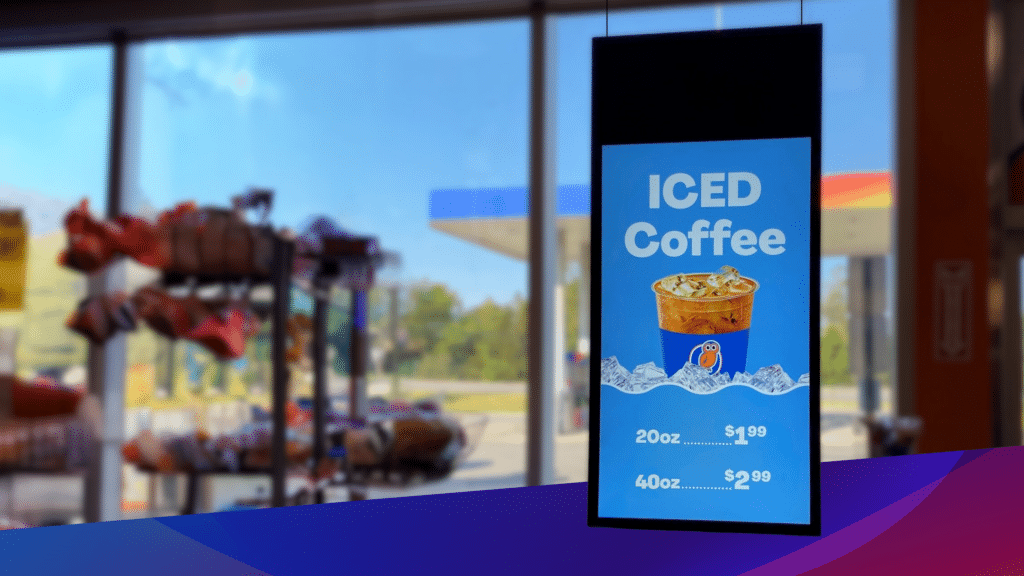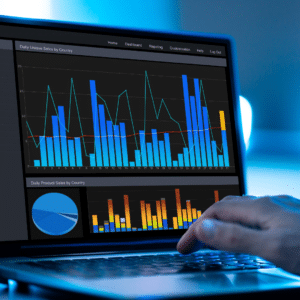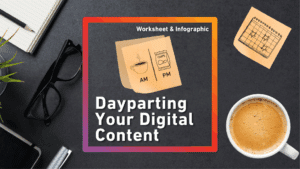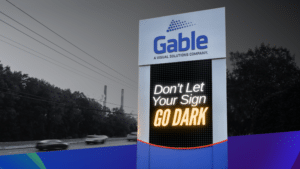The fifth in a seven-part series about in-store retail media networks by Gable.
From Insights to Impact: How to Harness Data & Digital Displays in Your RMN
In today’s competitive retail landscape, grocery and convenience retailers and their consumer packaged goods (CPG) partners are increasingly turning to retail media networks (RMNs) to enhance their marketing strategies and drive incremental revenue. However, understanding the technology and integration requirements involved is crucial to successfully implementing an RMN.
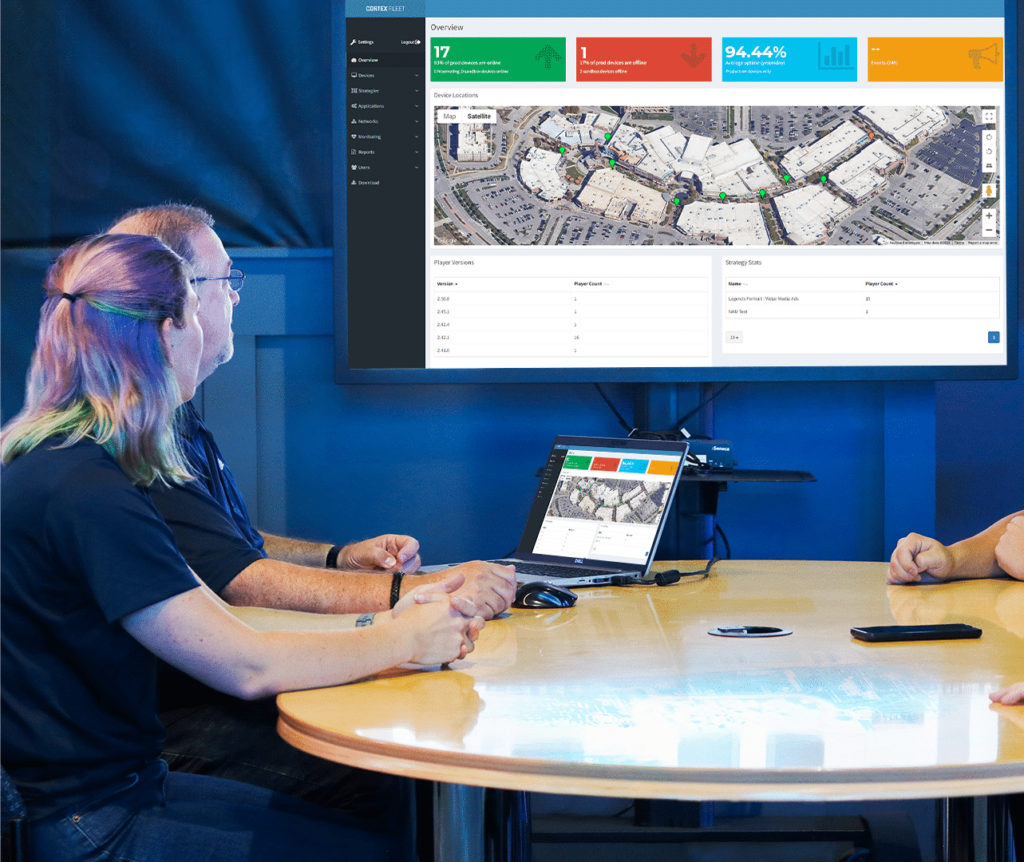
In this blog post, we’ll share best practices for centralizing first-party shopper data, creating unified customer views, developing APIs and pipelines to incorporate CPG partner content, and enhancing the in-store experience.
Centralizing First-Party Shopper Data
First-party shopper data is at the heart of any successful retail media network.
Centralizing this information lays the foundation for personalized marketing, targeted advertising, and data-driven decision-making, empowering retailers and CPGs to gain deep insights into customer behavior, preferences, purchase patterns, and lifetime value.
To achieve this, consider the following steps:
- Adhere to industry best practices and regulations. A data governance framework is crucial to ensure the ongoing accuracy and relevance of your unified customer views. This includes establishing policies and procedures for data quality management, data security, and compliance with privacy regulations such as GDPR and CCPA.
- Update and cleanse your data regularly to maintain accuracy and relevance. Ultimately, the goal is to create a single source of truth for shopper data that can be easily accessed and analyzed by different teams across the organization, from marketing and sales to product development and customer service.
This centralized approach to first-party shopper data management is essential for unlocking the full potential of your RMN and driving business growth in the highly competitive grocery and convenience store industry.
The Value of Unified Customer Views to Power Your RMN
To build unified customer views in your RMN, you’ll want to identify all the data sources that capture customer interactions and transactions.
As mentioned above, these touch points may include point-of-sale systems, e-commerce platforms, loyalty programs, customer service logs, and social media engagements. You can begin the data integration process once you have a clear picture of your data landscape.
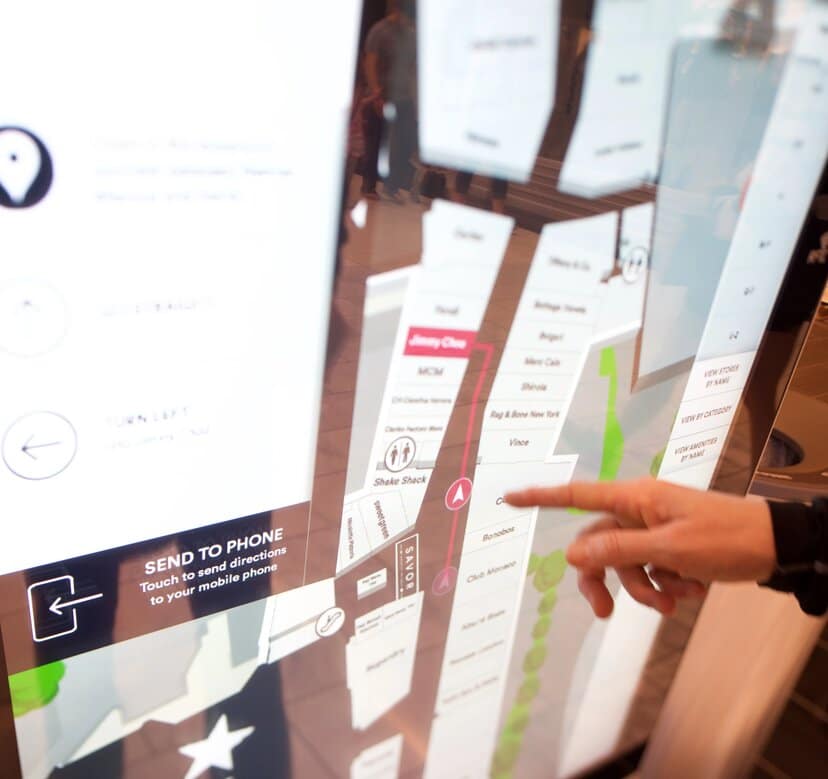
As you integrate your data, be sure to establish a unique identifier for each customer, such as a customer ID or loyalty program number. This identifier allows you to stitch together data from different sources and create a single, unified profile for each individual shopper. These profiles should include demographic information, purchase history, preferences, and behavioral data.
Once you have created unified customer views, you can leverage advanced analytics and machine learning techniques to gain deeper insights into your shoppers. This may include segmenting your customers based on their preferences, predicting their lifetime value, or identifying cross-sell and upsell opportunities.
Developing APIs and Pipelines for CPG Partner Content
To get the most out of your retail media network, it’s crucial to work hand in hand with your CPG partners and ensure their content fits smoothly into your system.
When you partner with CPG companies, they will want to share their product content, such as images, descriptions, and promotional information, with you. This content must be integrated into your RMN to be displayed to your customers, whether on your website, mobile app, or in-store digital displays. To do so, you’ll need to create reliable connections and pathways that allow for an easy flow of information.
APIs (Application Programming Interfaces) are essentially a set of rules and protocols that allow different software systems to communicate and exchange information with each other. In this case, APIs enable your RMN to receive content directly from your CPG partners’ systems.

Pipelines, in this context, refer to the series of steps and processes involved in moving the CPG partner’s content from their system to yours. It’s called a “pipeline” because it’s like a virtual pipe that the content flows through, undergoing various transformations and quality checks along the way to ensure it meets your standards, requirements, and restrictions.
By developing strong APIs and pipelines, you can:
- Quickly and easily bring in content from your CPG partners
- Make sure the content is delivered to your customers in a way that’s engaging and easy to understand
- Keep everything running smoothly and efficiently, so you can focus on growing your business
In a nutshell, collaborating with your CPG partners and having the right technology in place is key to unlocking the full potential of your RMN. It’s all about making sure the right content gets to the right people at the right time.
To ensure success, consider the following:
- Work closely with your IT team or external technology partners to build secure and scalable APIs that enable real-time data exchange with CPG partners.
- Establish clear guidelines and standards for content format, quality, and relevance to ensure a consistent and engaging shopper experience.
- Continuously monitor and optimize your APIs and pipelines to maintain high performance and reliability.
Enhancing the In-Store Experience with Digital Displays
In addition to online channels, retailers can extend the reach of their retail media networks by incorporating digital displays in-store.
When you strategically place high-quality digital displays throughout your grocery or convenience store, you can create a dynamic, engaging environment that informs, educates, and inspires your shoppers.
By leveraging the unified customer views you’ve built within your RMN, you can display tailored content based on a shopper’s purchase history, preferences, or real-time behavior. For example, if a customer frequently purchases organic produce, you could display a promotion for a new line of organic snacks as they approach the relevant aisle.
In addition to promoting products, digital displays can provide practical information and assistance to shoppers. This may include wayfinding tools to help customers navigate your store, real-time inventory updates to indicate which products are in stock, or even interactive recipe kiosks that offer meal planning suggestions based on a shopper’s dietary preferences. Given today’s inflationary environment, RMNs can also empower consumers to create at-home dining experiences that save money, creating unique opportunities for retailers to take over some of the spend that would have gone to dining out.
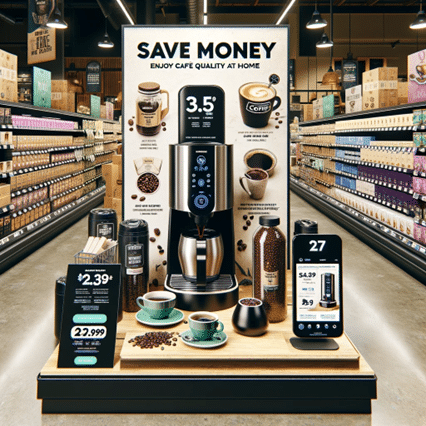
By delivering relevant, valuable content to your shoppers, you can drive brand awareness, encourage product trials, and ultimately boost sales for your CPG partners.
To maximize the impact of your digital displays, it’s essential to consider their placement, content, and technical capabilities. Displays should be positioned in high-traffic areas, such as entrances, checkout lines, or key product sections, to ensure maximum visibility and engagement. The content should be visually appealing, easily digestible, and aligned with your brand voice and values. Additionally, your displays could be equipped with sensors, cameras, or other technologies that enable you to capture valuable data on shopper engagement and behavior.
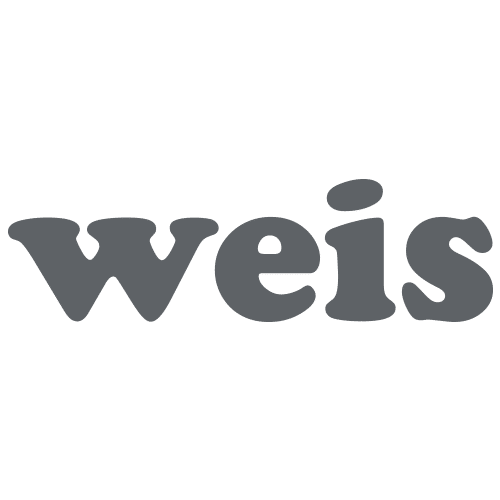
Ready to take your retail media network to the next level?
At Gable, our innovative approach to digital signage displays and integrated systems isn’t just focused on technology. It’s fueled by our desire to understand, enhance, and elevate your RMN. Our service offerings merge multiple disciplines to create unique, dynamic solutions you won’t easily find elsewhere.
We also offer a high-quality line of retail display systems, including InStore Floor Displays and FineLine Frame Systems.
In today’s omnichannel retail landscape, where customers seamlessly navigate between online and offline channels, the in-store experience remains a critical touchpoint for building brand loyalty and driving sales. With more choices than ever, a well-executed in-store experience can differentiate a brand from its competitors and drive customers to purchase faster. Gable delivers.
To access the full RMN series, click here.
About Gable
Gable has been a leader in visual communications for over 40 years. We are passionate about elevating how people perceive, interact with, and remember brands, buildings, and places. With a rich legacy in blending the timeless artistry of traditional signs with the dynamic possibilities of video displays & integrated AV systems, Gable continues to shape the future of the built environment. For more information, visit gablecompany.com or call 800-854-0568.
